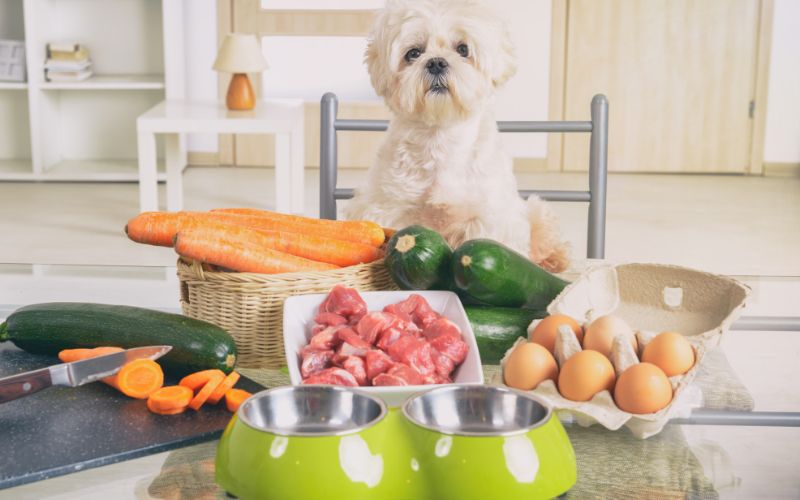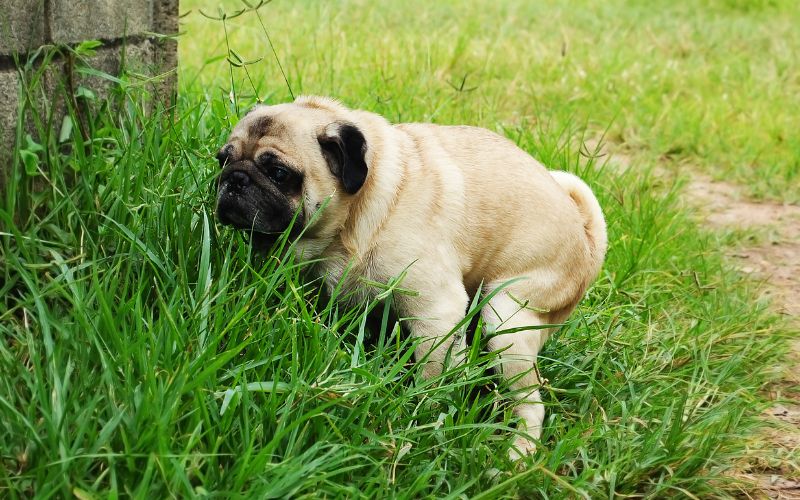Puppy eyes from under the table at mealtimes is something any pet parent will know all too well. Our furry friends are pretty smart and know that turning on the charm will pull on our heartstrings, perhaps earning them a tasty treat or two.
But what are the do’s and don’ts of giving leftovers to your dog? Can leftovers make my dog sick and can they have too much of a good thing?
In this blog, we will discuss how feeding your dog scraps or leftovers from your meals can affect their health, what sort of things are good and bad for them, as well as how to ensure your dog is receiving optimum nutrition in their daily diet.

Is it okay to give your dog leftovers?
Depending on your dog’s health and dietary needs, most healthy dogs are okay to have the occasional scrap from your plate. Treats in moderation are totally fine, however it is important to be clued up on what foods are safe for dogs to eat - to ensure you aren’t accidentally poisoning your pup. When it comes to feeding your dog table food, too much of a good thing can lead to longer term health issues, as well as encourage bad behaviours from your dog.
If not closely monitored, feeding your dog scraps from your plate could make your pup poorly. Overly rich foods, too much fat or foods that are unsafe for dogs could all contribute towards upsetting your pup’s digestive system, causing issues such as pancreatitis, and even lead to obesity, amongst other significant health problems.

Causes of dog obesity - can giving your dog leftovers make them obese?
A lot of the food we cook is prepared in oils and other additional elements which, when given to dogs in excess, can contribute to weight gain, digestive issues and more serious health issues.
Obesity is one of the leading issues in dogs who are regularly fed table scraps, coming along with their own host of health implications. Here are some of the longer term health issues that can arise from canine obesity:
- Diabetes - This occurs when a dog’s pancreas creates too much or not enough insulin. It is a lifelong condition which must be closely monitored and can lead to further health complications.
- Arthritis - A painful inflammation of the joints, this will naturally flare up under additional weight and strain.
- Back, joint and ligament problems - Additional weight can put strain on a dog’s back, joints and ligaments, causing them to become inflamed and painful.
- Breathing problems and heart issues - When a dog carries additional weight, this means their lungs and heart have to work harder, often putting them under extreme pressure which can lead to health complications if not seen to.
- Certain cancers - Obesity in dogs can make them more susceptible to certain cancers, and so keeping your pup’s weight at a healthy level will significantly reduce this risk.
- Generally decreased lifespan - Obesity can mean an overall shorter lifespan for your pup. All the more reason to keep on top of things so you can continue the cuddles and adventures for a long time to come.

So, what are the main do’s and don’ts of giving leftovers to your dog?
The Do’s:
- DO only give occasionally - Treats in any form should only be occasional, perhaps as a reward for particularly good behaviour. Giving your dog scraps from your plate too often will lead them to expect it and make them a nuisance at mealtimes, as well as too much of a good thing being bad for them.
- DO monitor their intake and portions - A lot of dogs will eat past the point of fullness, and so when giving leftovers make sure they are receiving a reasonable portion that balances with their regular meals.
-
DO be sure that all extra fat and sauces have been removed - One of the things that often catches dog owners out when it comes to giving their pup leftovers is a lack of awareness when it comes to removing the ‘extra bits’.
Excess fat and oil can linger on the food we eat and can easily upset a dog’s digestive system. Sauces, condiments and additional salt, pepper and other spices should also be carefully removed to avoid adverse reactions. A lot of foods are not dog-friendly, and so making sure your dog can safely eat your scraps before offering them up is vital.
- DO feed them separately - Offering scraps straight from your plate while they sit eagerly under the table is one of the worst things you can do. This can encourage unwanted behaviours in dogs which can make them a nuisance during mealtimes. Set aside your scraps until you are finished with your food, then place the food in your dog’s bowl away from the table to deter begging.
- DO make sure they eat their own food - Dogs very quickly get a taste for things that they may find more interesting than their regular meals. If you find your dog is turning their nose up at their usual food whilst still eagerly accepting treats from the table, pump the brakes on giving them scraps and remind them that they need to eat the food they are given to help maintain their diet.

The Don’ts:
- DON’T make it a regular thing - Table scraps or leftovers should be the occasional treat for your dog. Unless you are cooking natural ingredients, nutrient dense meals for yourself which you have tailored to be a beneficial homemade diet for your dog, tasty tidbits from your plate should be a special occasion only.
- DON’T give them fatty or processed foods - Fatty or highly processed foods are a one way trip to an upset stomach for your dog - always be sure to remove any excess fat or sauces from scraps you intend to feed your dog.
- DON’T give them foods that could be harmful - There are a LOT of foods that are unhealthy for dogs, and these can sneak into recipes, sauces and condiments without us realising.
- DON’T feed them directly from the table - Feeding your dog directly from your plate can encourage them to start expecting this, and they may start to become pests during dinner. Discourage this begging behaviour by keeping them away from the table during meals and, if you want to give them a scrap afterwards, feed them separately after you have finished.
- DON’T be fooled by those puppy eyes - Remember, as pet parents we are the one in charge, what we say goes and it is our responsibility to maintain the good health of our dogs. Even if your dog begs and pulls out all the super-cute stops to win a table scrap, if you decide they’ve had enough then implement that rule with confidence.

In Conclusion
It is always tempting to give into our puppy-eyed pooches, but monitoring their treat intake will be the best for everyone in the long run.
Remember, if you’re also concerned about your dog’s nutrient intake or their gut health, our complete nutrient blend Wellbeing Essentials Complete 22 is the perfect companion to your canine’s daily meal.To learn more about the science behind our blend, read more here.
Or alternatively, dive straight in and grab your own packet of Wellbeing Essentials Complete 22 here.




